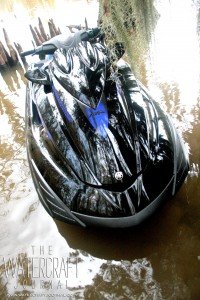
Let me begin by saying that Yamaha is listening. They’ve read your emails, your posts on the forums and social media. They’ve looked over your pictures and are watching the videos you publish.
While this might sound kinda scary, it’s actually really, really good news. Why? Because they just built the two-seater personal watercraft we’ve all been asking for.
When I first looked over the 2014 Yamaha FZR SVHO, I joked, “Well, it looks like Yamaha just slapped on a RIVA Stage 1 kit on a SHO.” The reply I got was, “It’s a lot more than a Stage 1 kit.”
And as truth would have it, there’s a lot more to the ’14 SVHO than some rudimentary mods. While the previous FZ Series skis can be tuned to keep up with the new SVHO, it’ll cost you double in aftermarket parts and tuning than the difference in trading in your current Yamaha. Frankly put, save yourself the time and money and trade up.

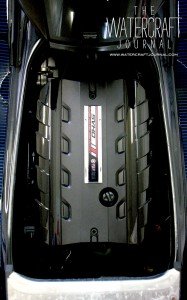
Arguably, the greatest crime committed by Yamaha was offering its stellar 1,812cc supercharged Super High Output engine with such an anemic horsepower rated – an estimated 208-to-216 horsepower. After a great deal of aftermarket wizardry to unlock the SHO engine, even slightly modified 1.8-liter Yamahas are running deep into the 70s and even the mid-80s without breathing hard.
Yet, horsepower wasn’t the previous FZ’s only issue. The initial pump setup worked great on glass – but to an extent. Tuners soon discovered the pump’s limitations at high speeds. Tuners blamed the small 155mm 6-vein pump, open intake grate and 5-degree nozzle for over-stuffing. Likewise, racers fingered the short sponsons and stubby ride plate for unloading the tail in rough cornering despite the FZ’s stellar rounded outer chine, multi-strake hull.
I am excited to say that all of the above pratfalls have not only been addressed, but have been made into significant strengths.
Replacing the prior Super High Output (SHO) engine is the new Super Vortex High Output (SVHO) plant. Internally, cast pistons have been replaced with stronger 8.5:1 compression forged slugs.
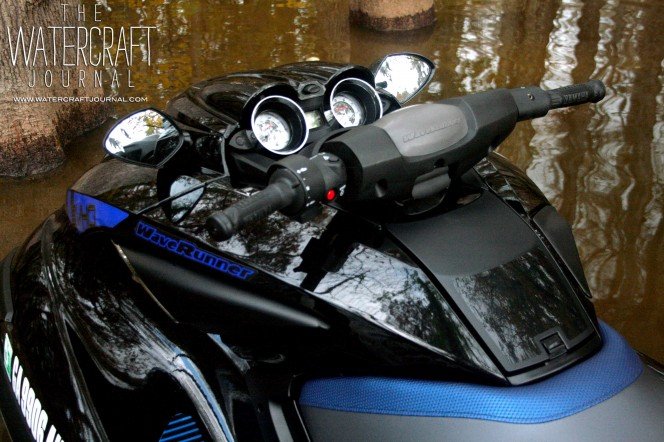
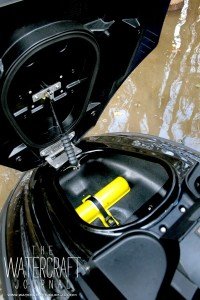
The earlier oil cooler has been swapped for a new unit boasting 110-percent more efficiency. Previous 42-pound injectors have been traded for larger 60-pound sprayers, and a larger and 22-percent-more efficient intercooler rounds things off. Oh, and don’t forget a larger (86mm versus 82mm) HKS supercharger presses out 60-percent more boost thanks to a new 6-vein impeller.
Like the engine, the pump is equally revised. From the intake grate to the nozzle, the SVHO has been patterned after the most aggressive race-ready Yamahas on the water. A performance-bred 8-vein pump – using a 160mm impeller – greatly opens it up for additional thrust. A new 3-degree nozzle features diffuser veins and a large 85mm exit diameter.
The aforementioned intake grate is now a top-loader design and is reinforced with a second row of fastening bolts. The ride plate is patterned expressly after the successful extended plates offered by those in the aftermarket. Surprisingly, the new longer 4-bolt SVHO’s sponsons are from the current FX Series runabouts, and are set further back on the hull.
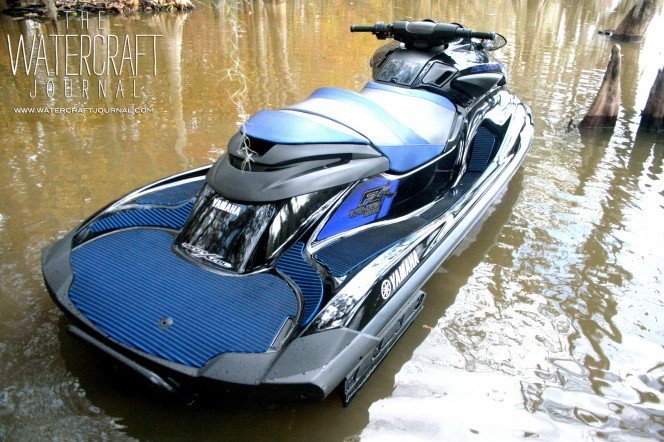
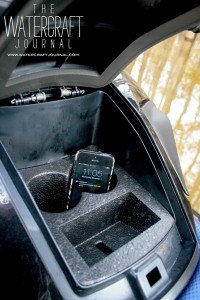
All of this translates to a performance-bred Yamaha that the likes of which no dealership showroom has seen since the GP1200R. Out of the hole, the SVHO pulls with excessive force, launching from 0-to-30 in a breakneck speed of 1.3 seconds. With the mechanical trim set nose-down, the new FZR slices through the turns with the equal precision of a surgeon’s scalpel.
The NanoXcel hull feels like a set of low profile Pirelli PZero Rosso tires; a little unforgiving over rough surfaces but completely responsive and ridiculously grippy. Because of the rigidity of the innovative hull material and the lack of goopy glue and clunky blocks of Styrofoam insulation, aggressive riders might feel some chattering over chop – it’s minor, and no different from riding a race-prepped PWC that’s been stripped of all of that excess weight, which on the FZR, comes like that stock.
Even in chop, never once did I manage to offload the pump or break the tail free. The rolled edges of the FZR’s hull respond best to body lean. The more you lean, the more the FZR lays into the turn. Emulating the best FZ racers, I found resting my inside knee completely down in the tray and leaving little else on the seat rendered the best results.
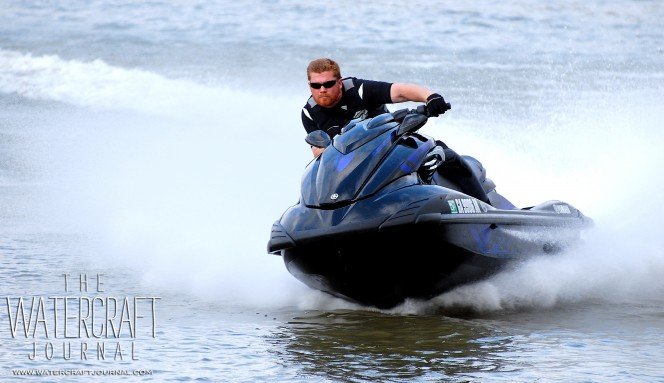
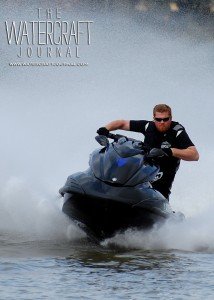
I regularly tickled just under 70mph (69.3mph at 7,800rpm) on my Garmin GPS but knew the machine had more in it. In fact, we watched the tachometer conspicuously bounce back to 7,300rpm after a few beats at 7,800. Blipping the throttle brought us back to near 8,000rpm. Undoubtedly, a V-Tech Tuned ECU will allow the FZR solid mid-70 speeds with zero other mods.
As unabashedly as I can state it, the 2014 Yamaha FZR SVHO is worth the price of admission. It’s one of the few models that gets a full “trade up” recommendation from The Watercraft Journal. Seriously. If you’re a loyal Yamaha owner, you need to add this to your arsenal.
What minor qualms I might harbor towards the archaic right-hand reverse or the Yamaha rooster-tail (notice it was disconnected for our photoshoot. Sorry guys, that was my decision. – Ed.) fall by the wayside when evaluating the new SVHO FZR as a whole. Lightweight and powerful with intuitive, responsive handling, the FZR is the best performance runabout Yamaha has built.
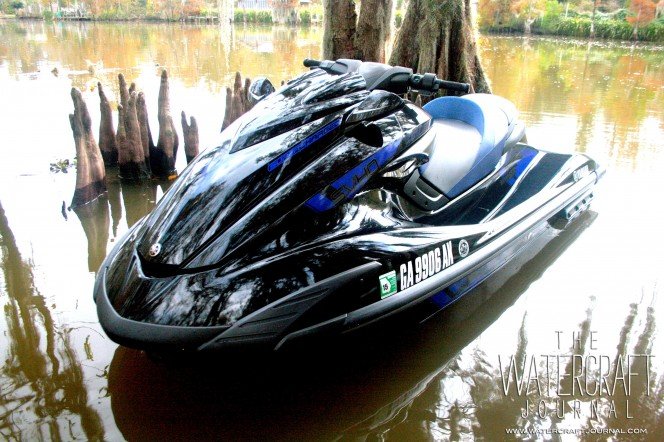



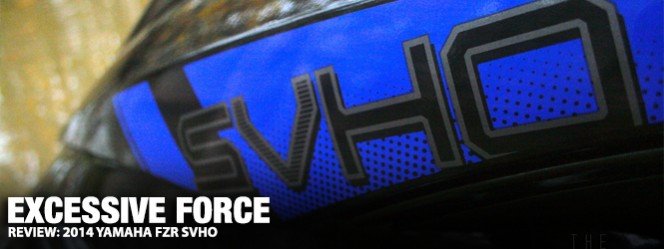
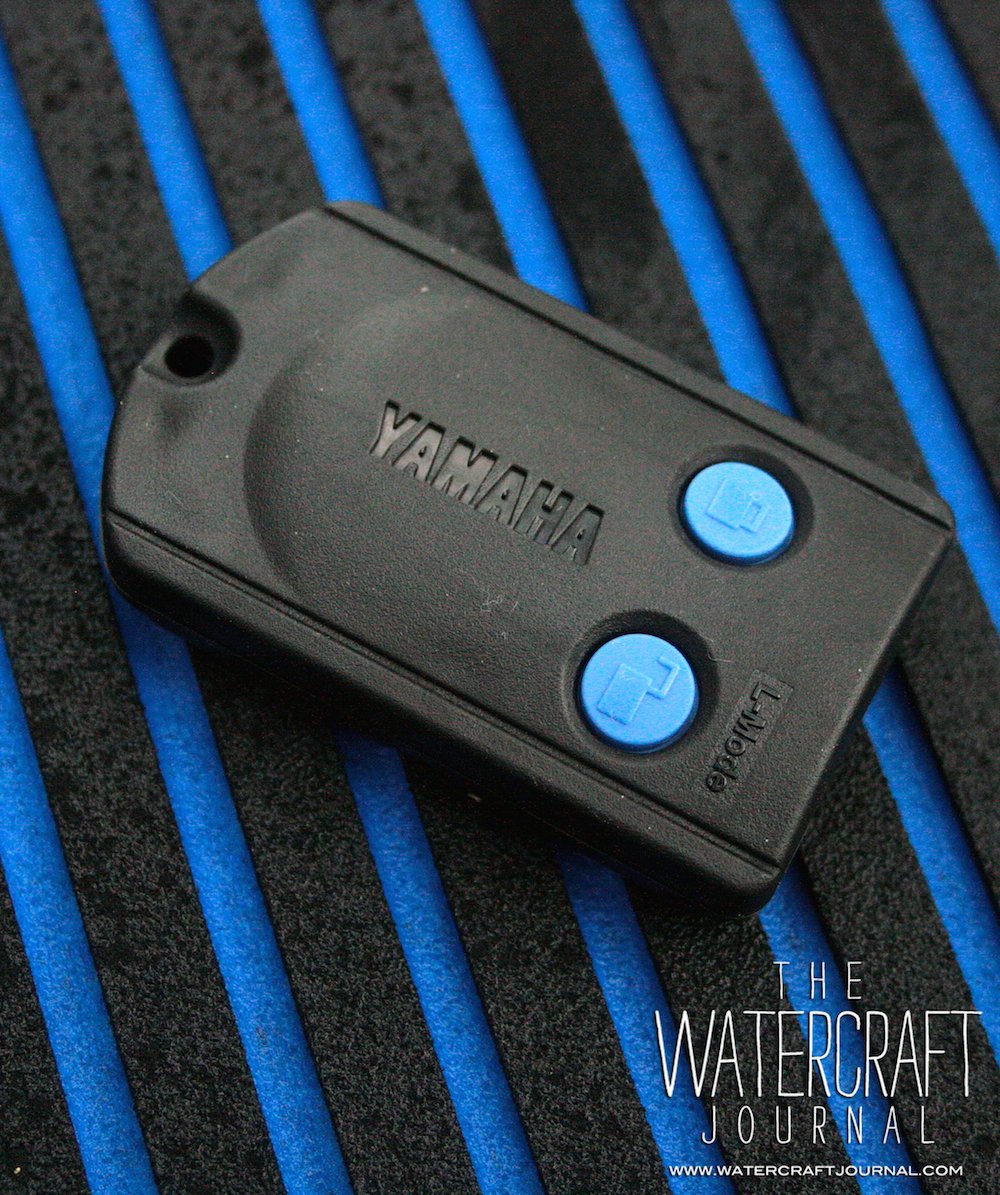
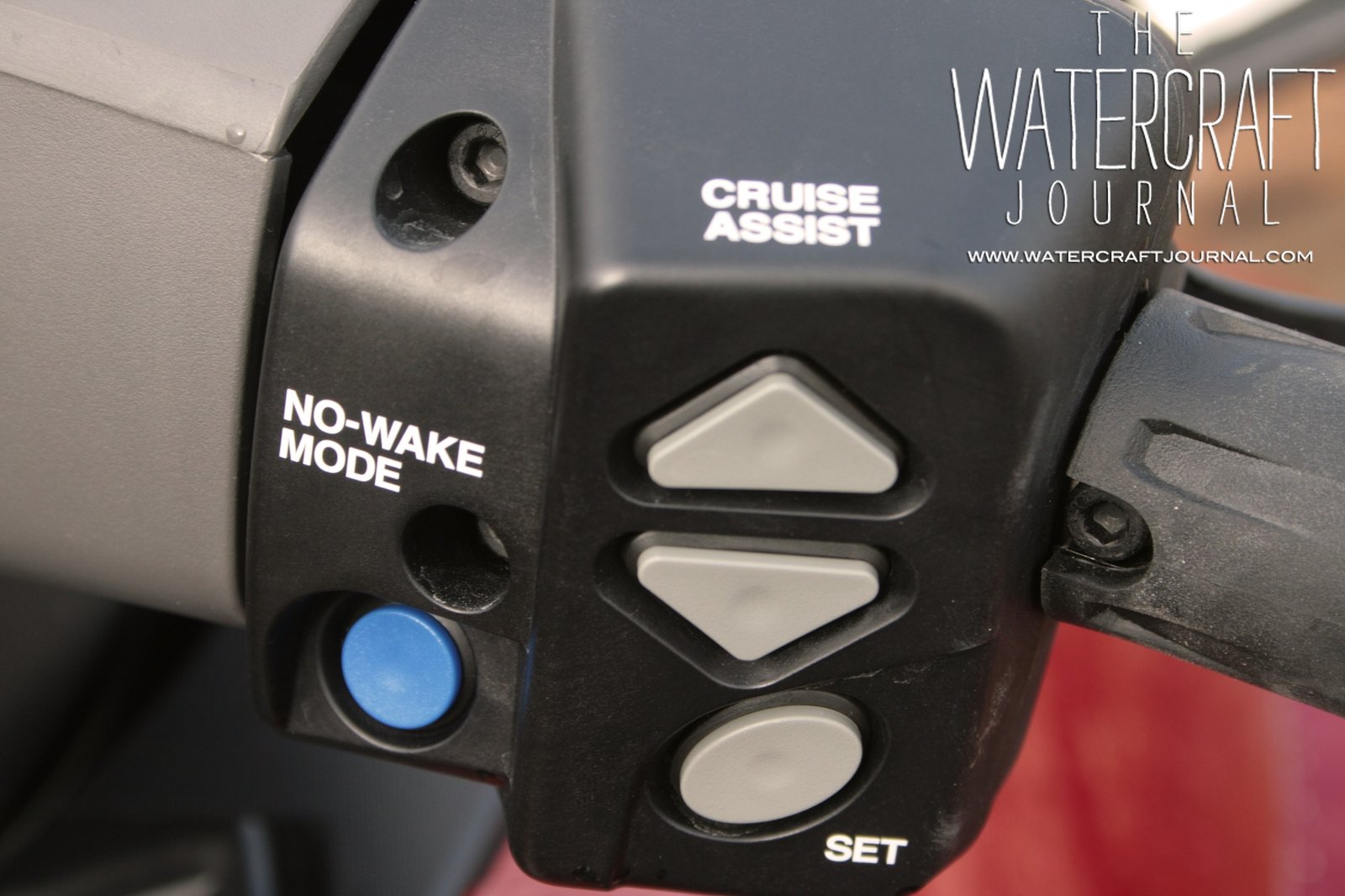
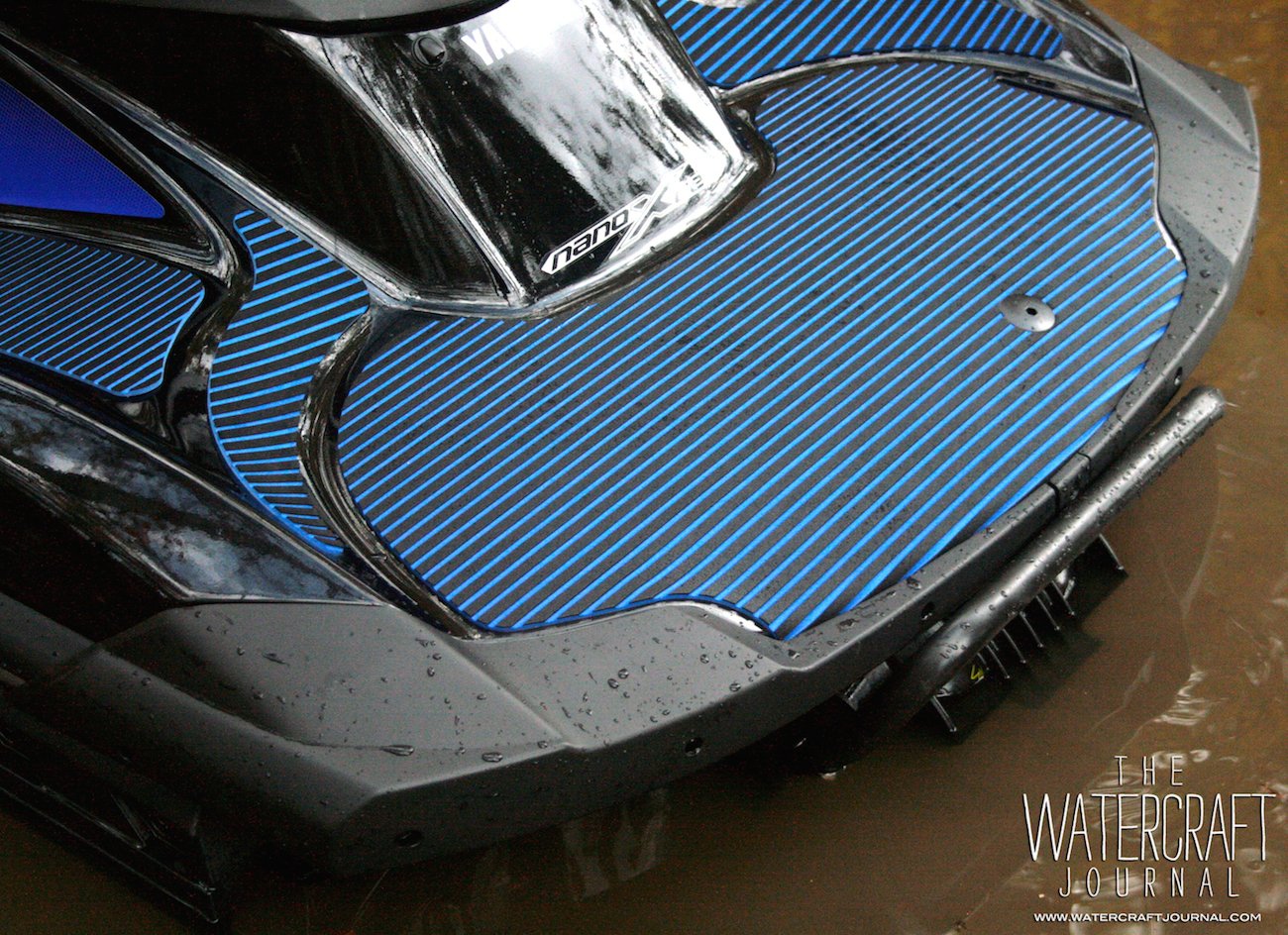
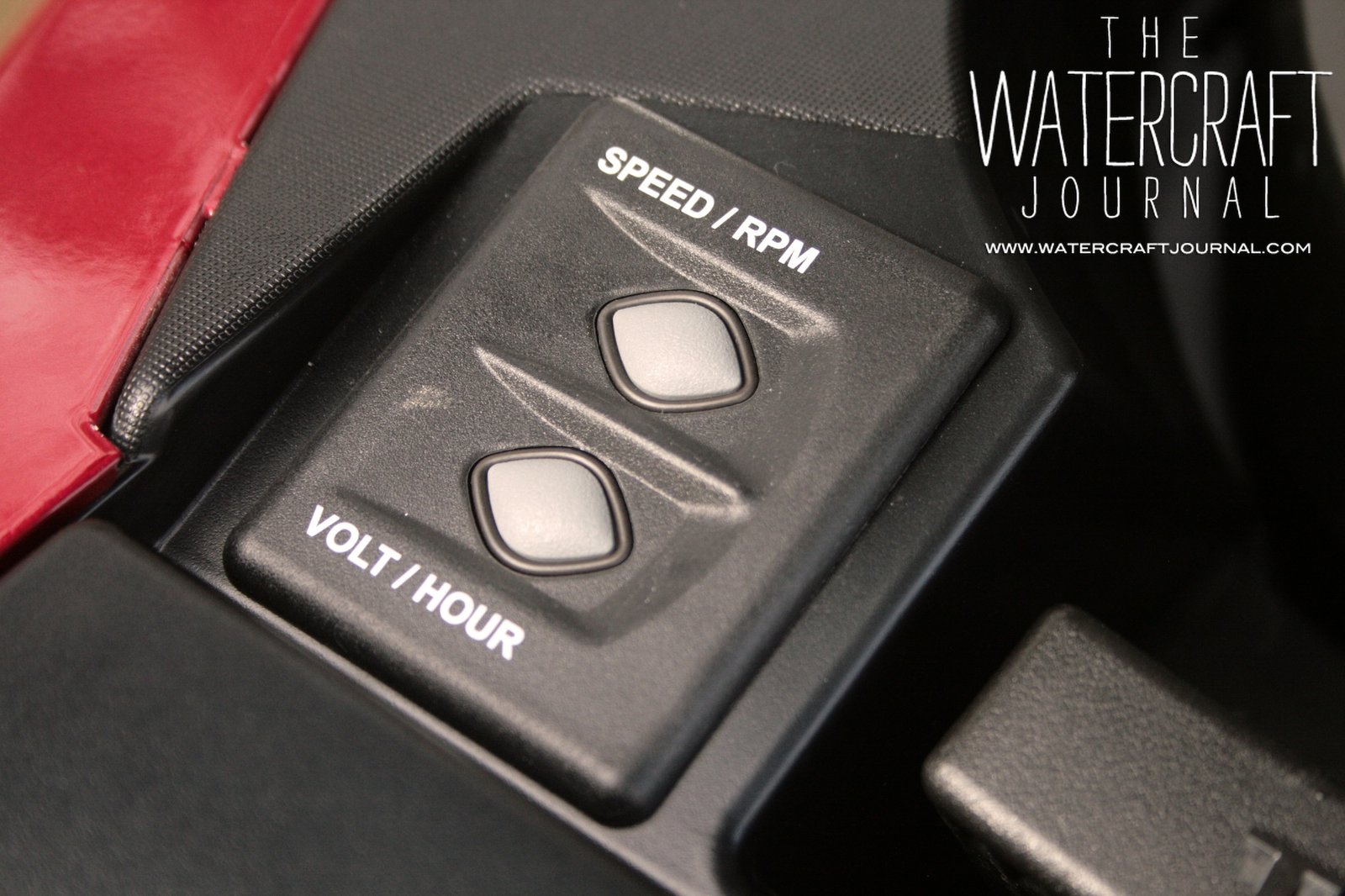
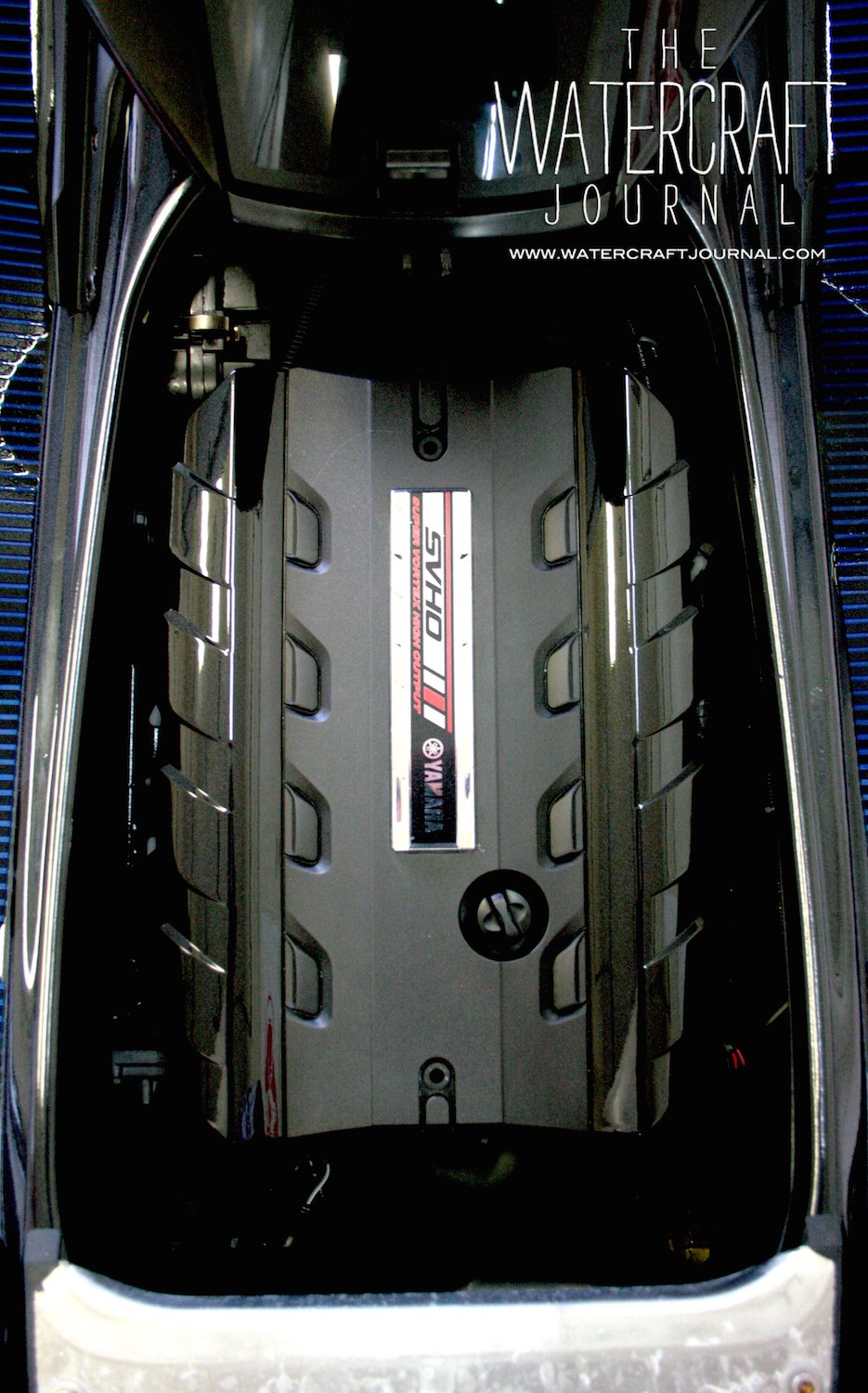
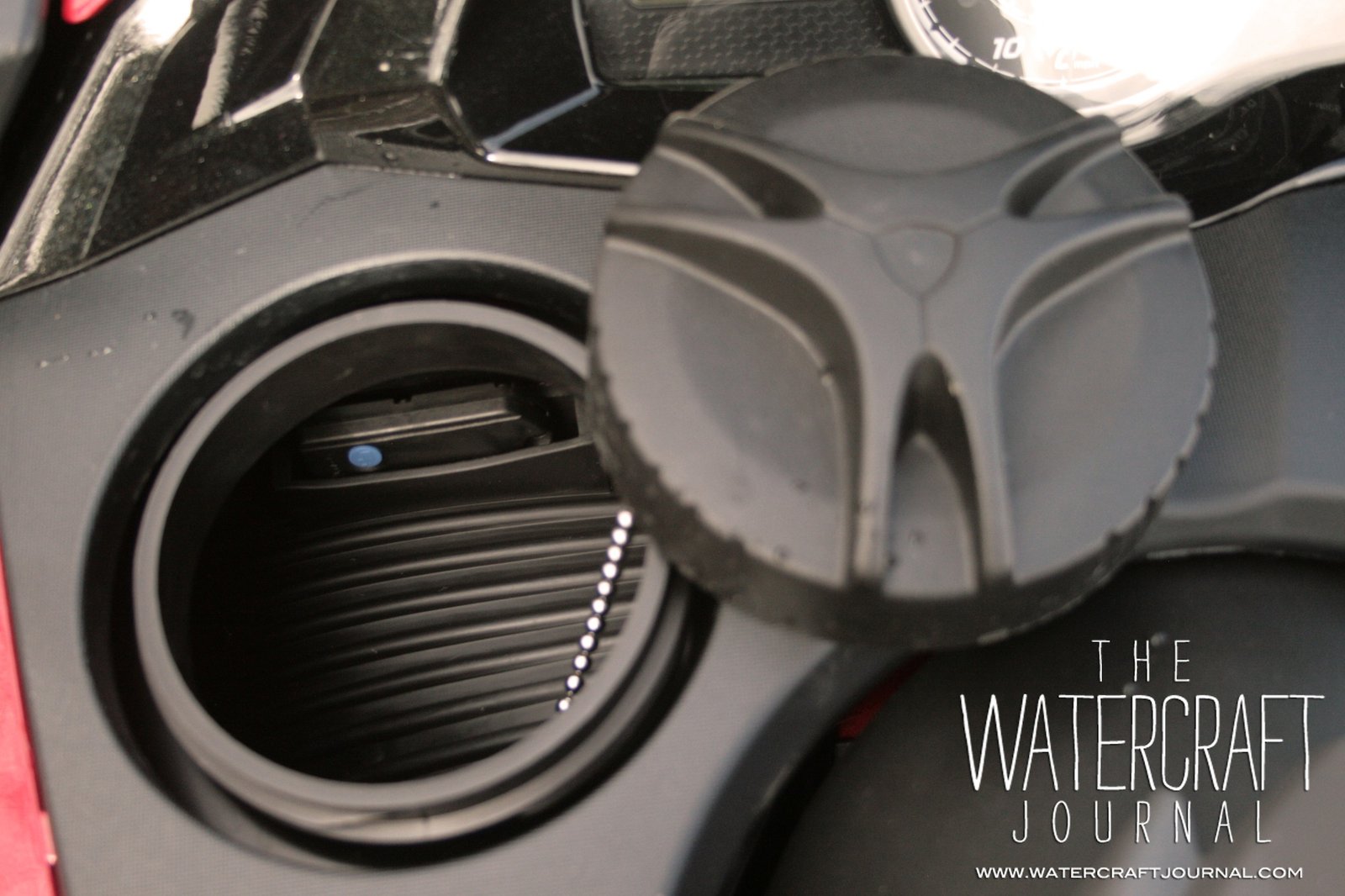
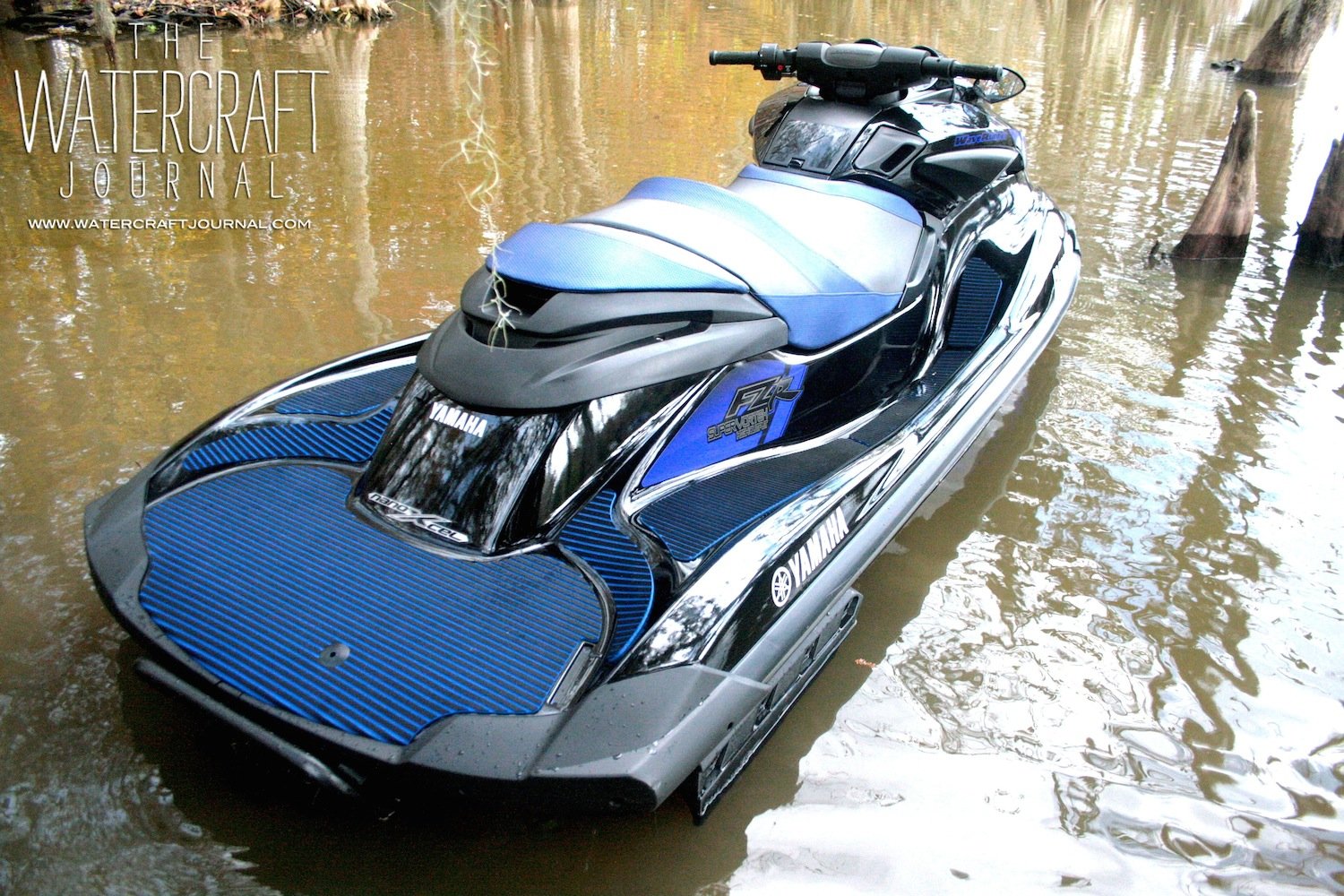
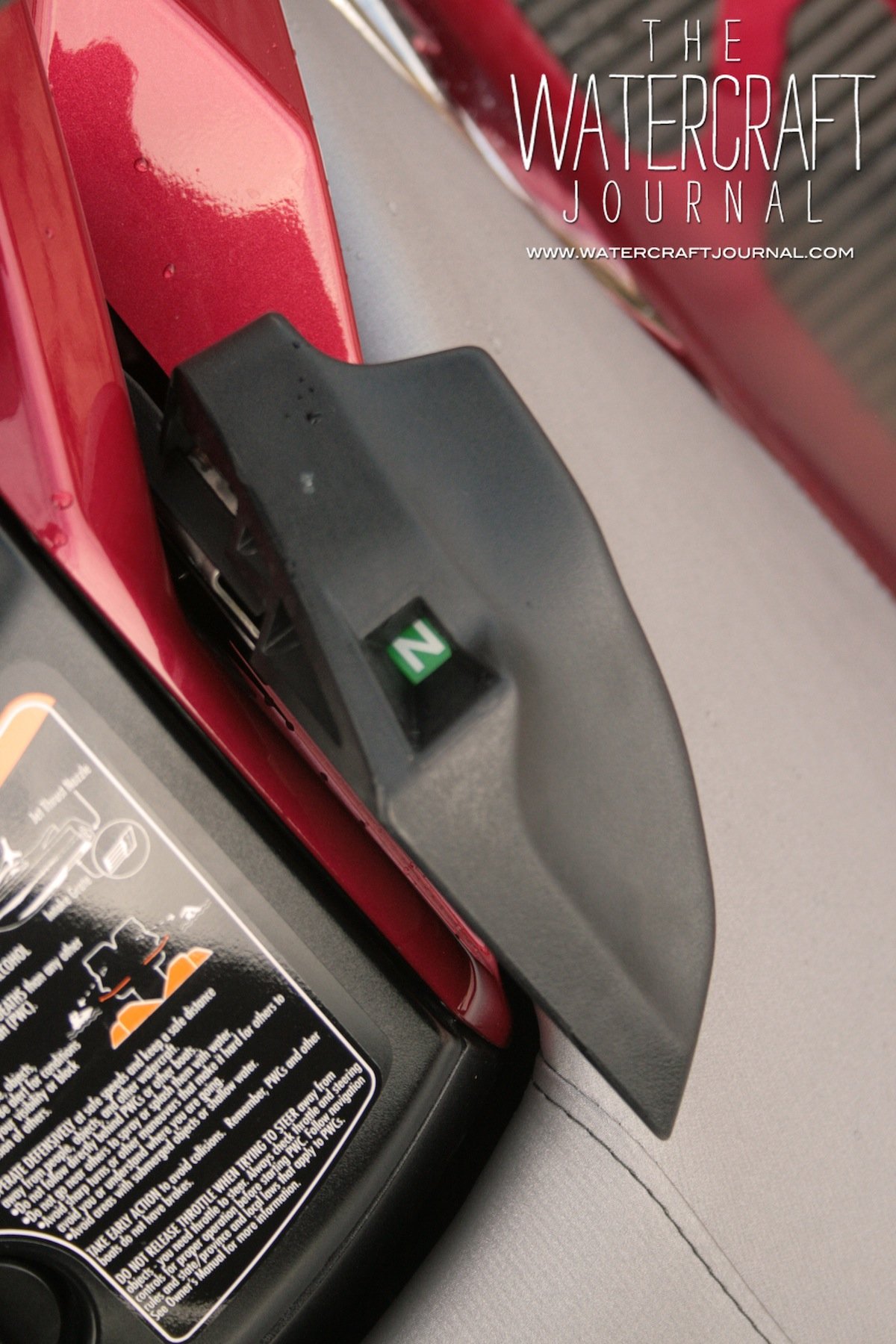
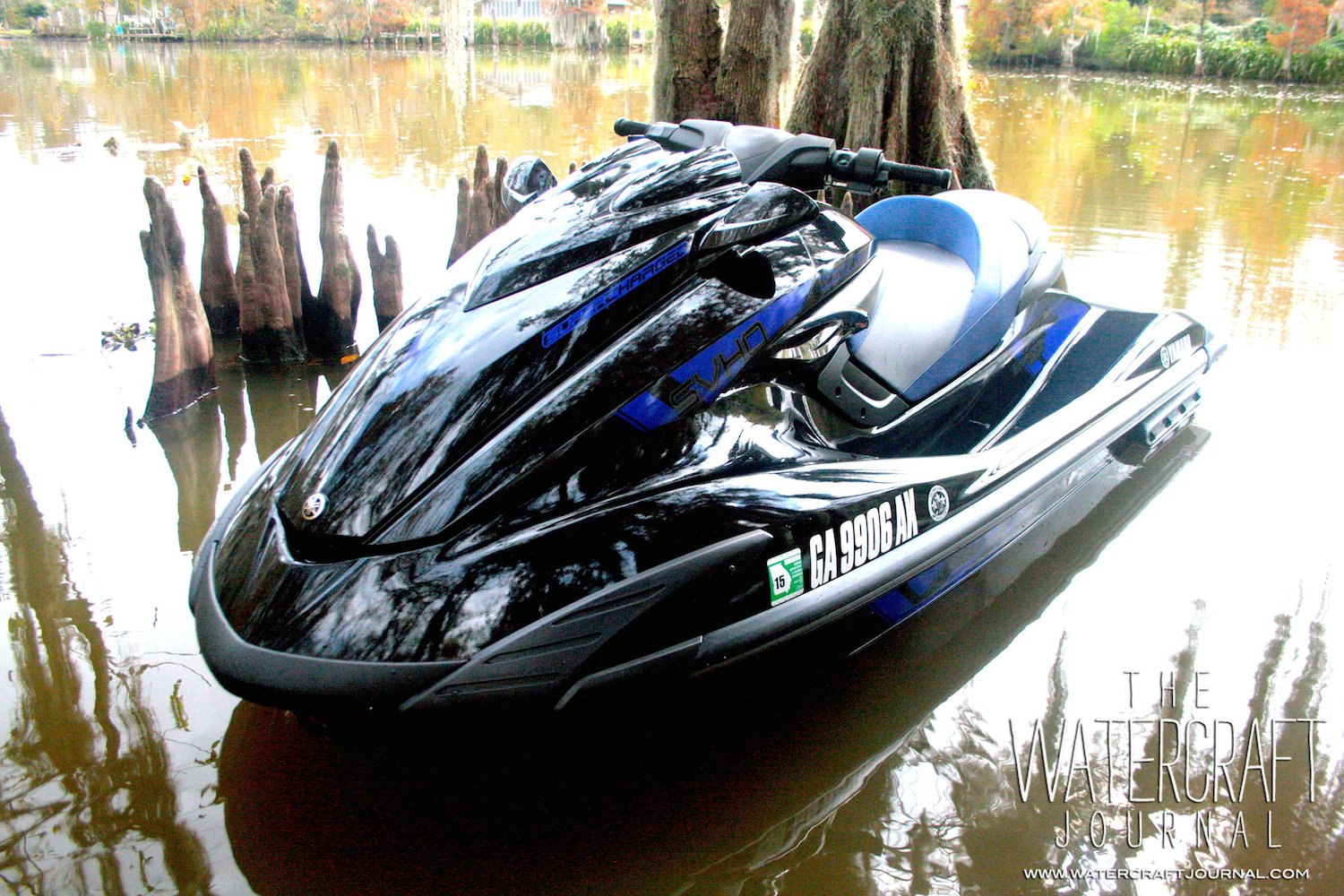


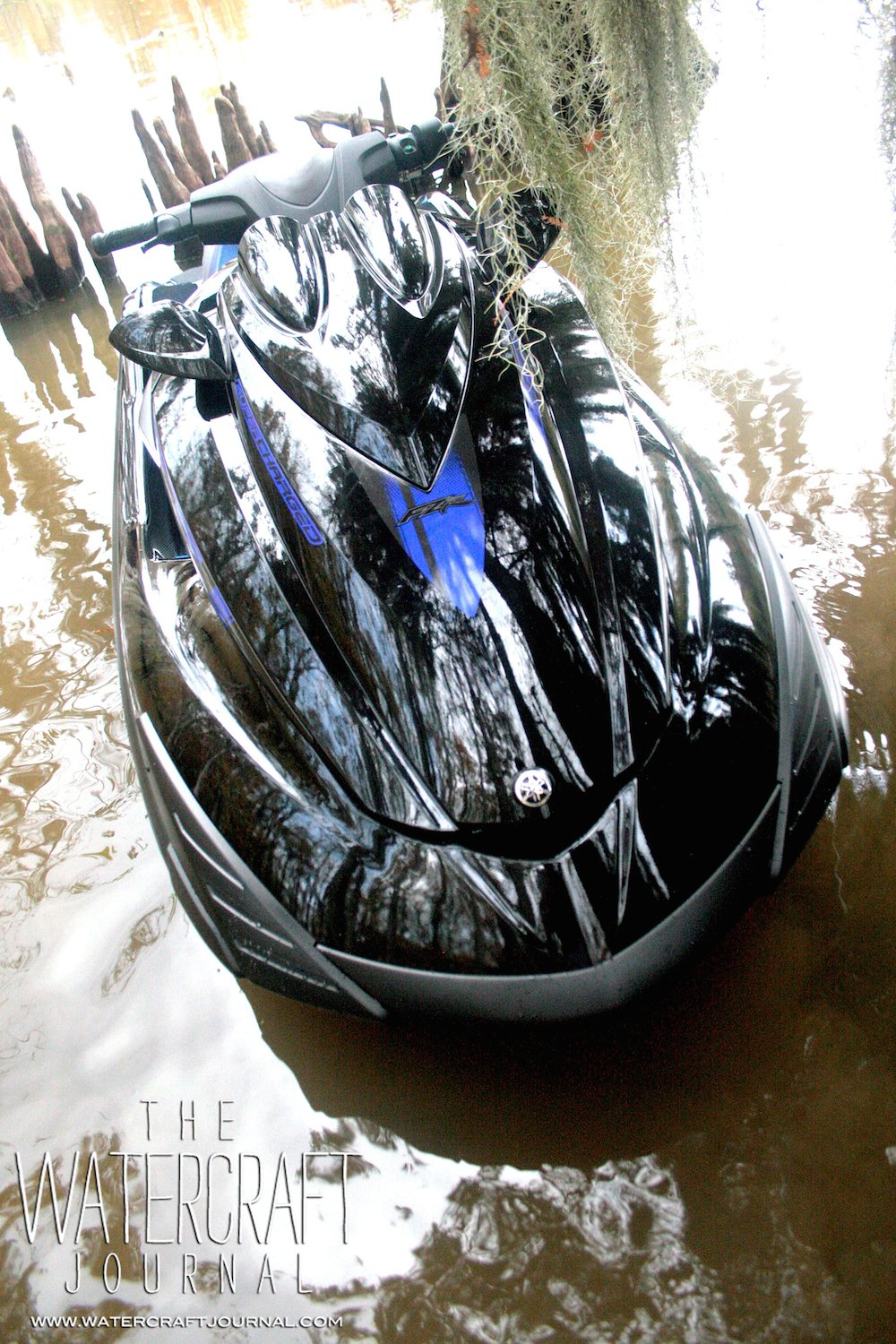
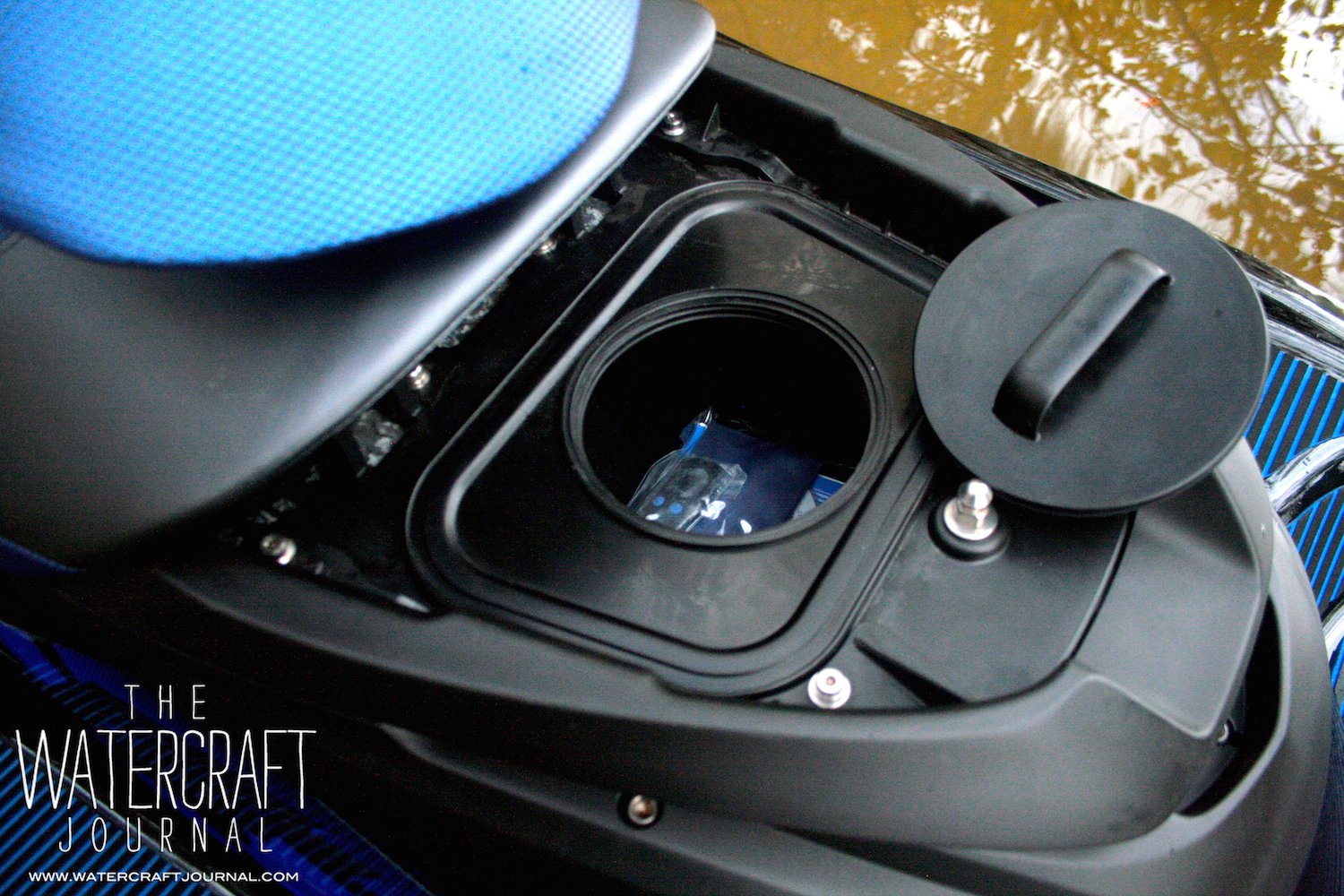


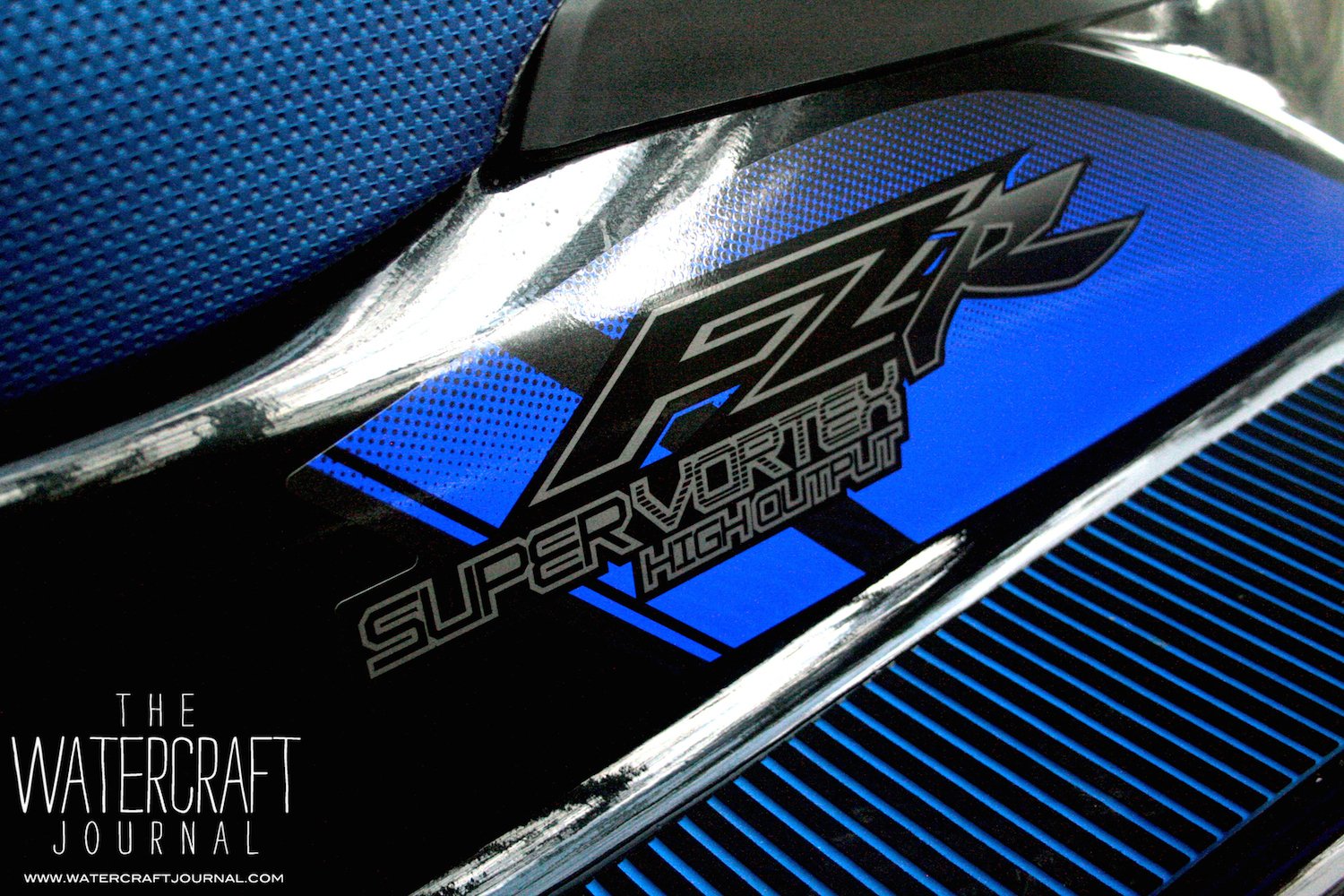
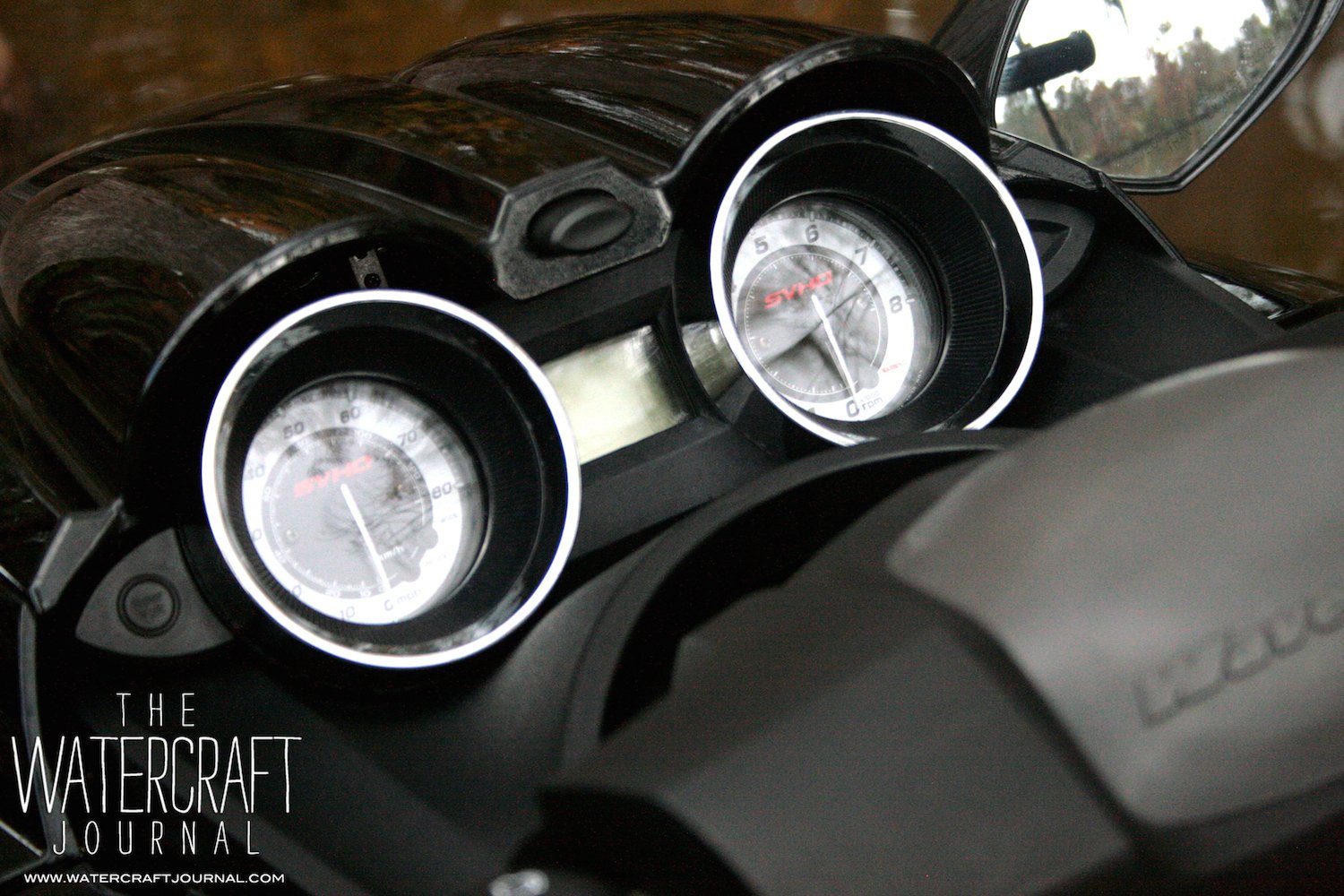
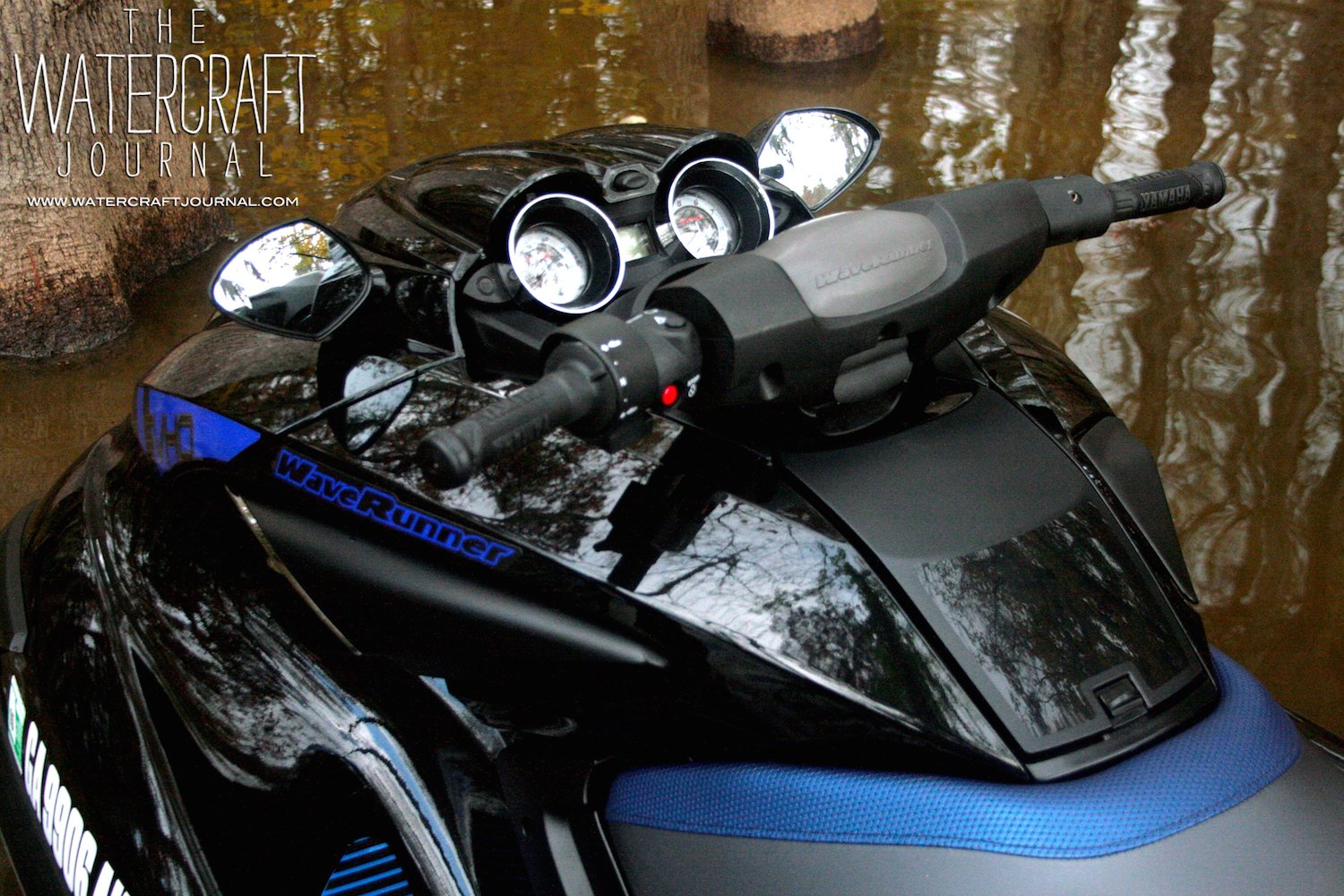
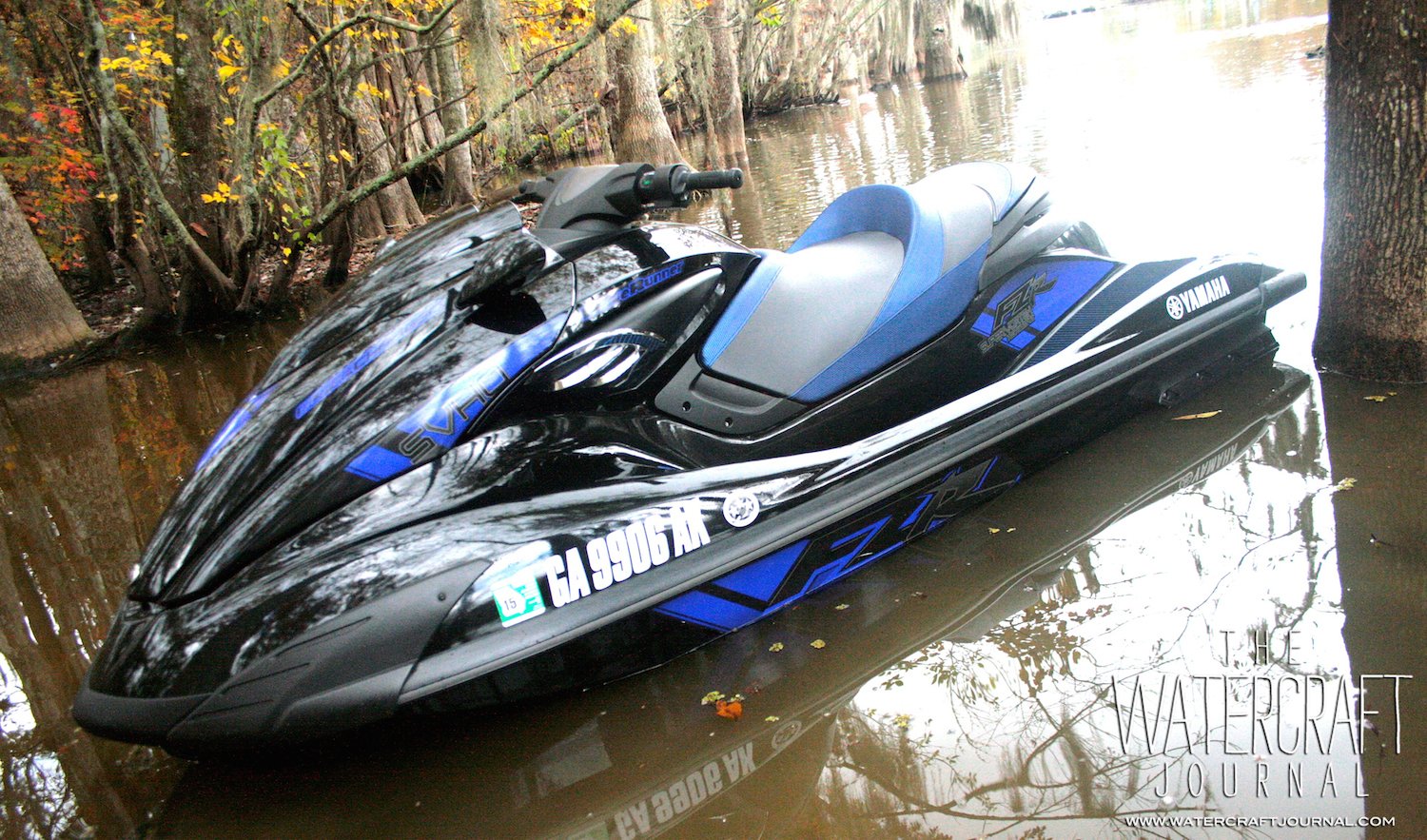
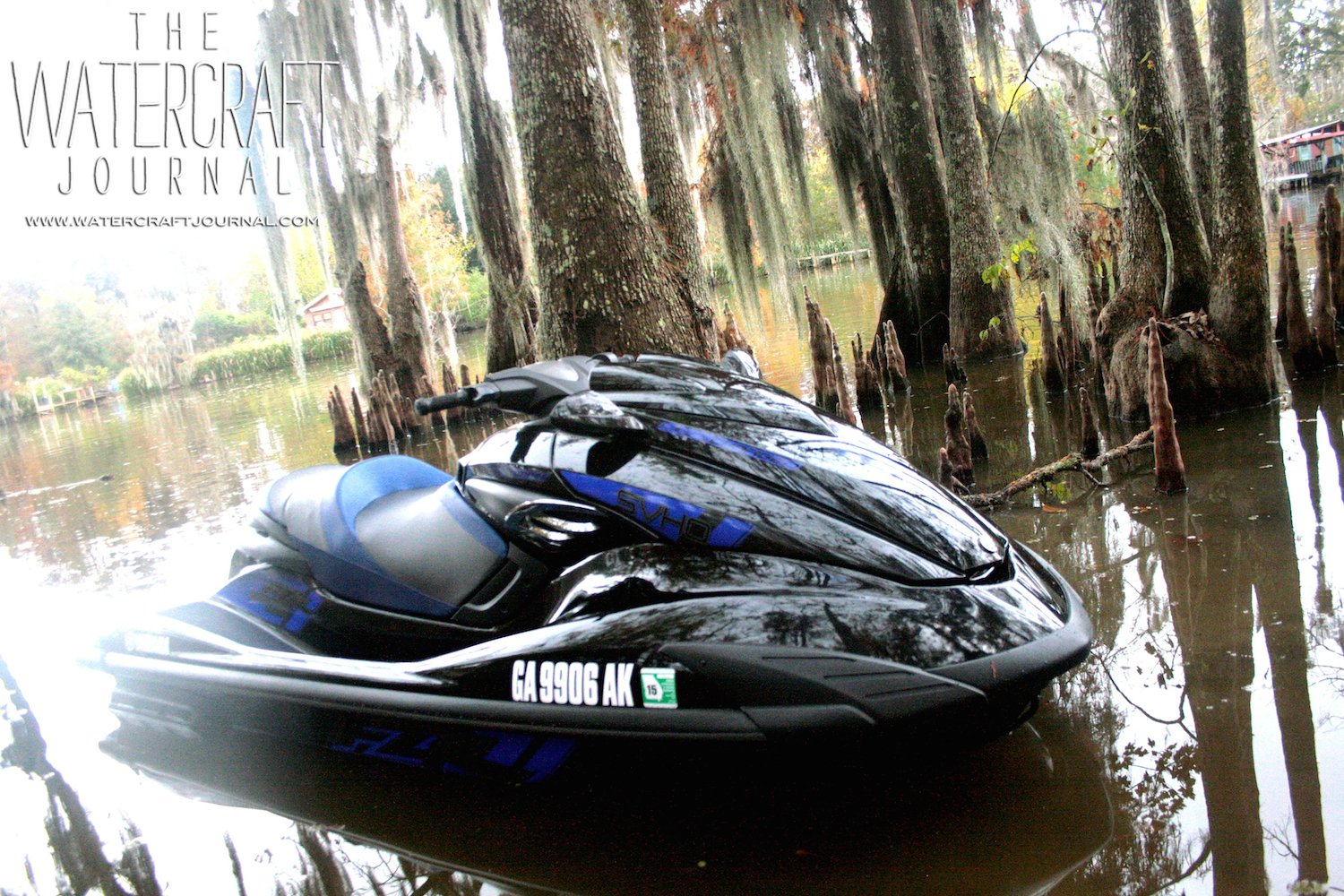
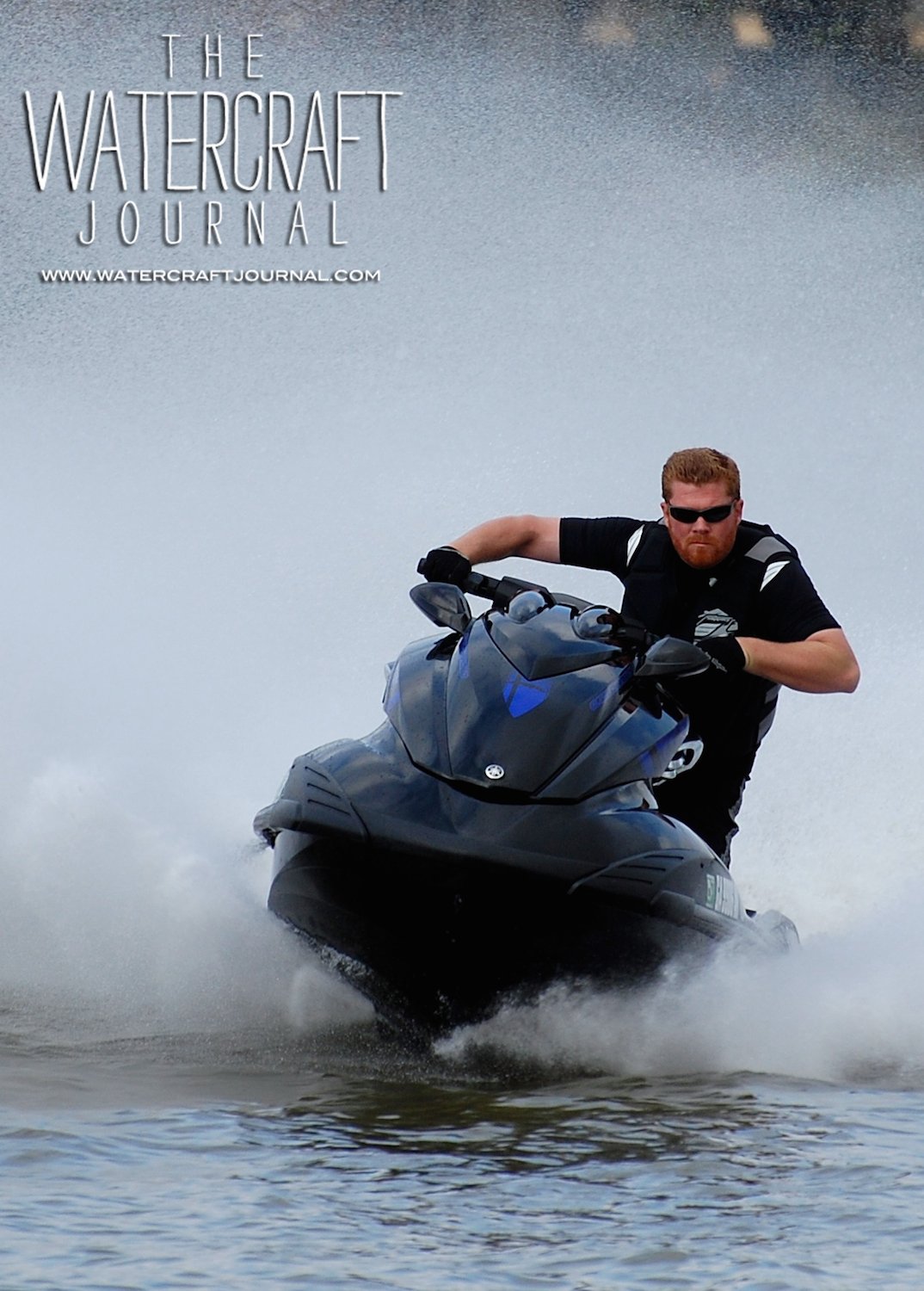
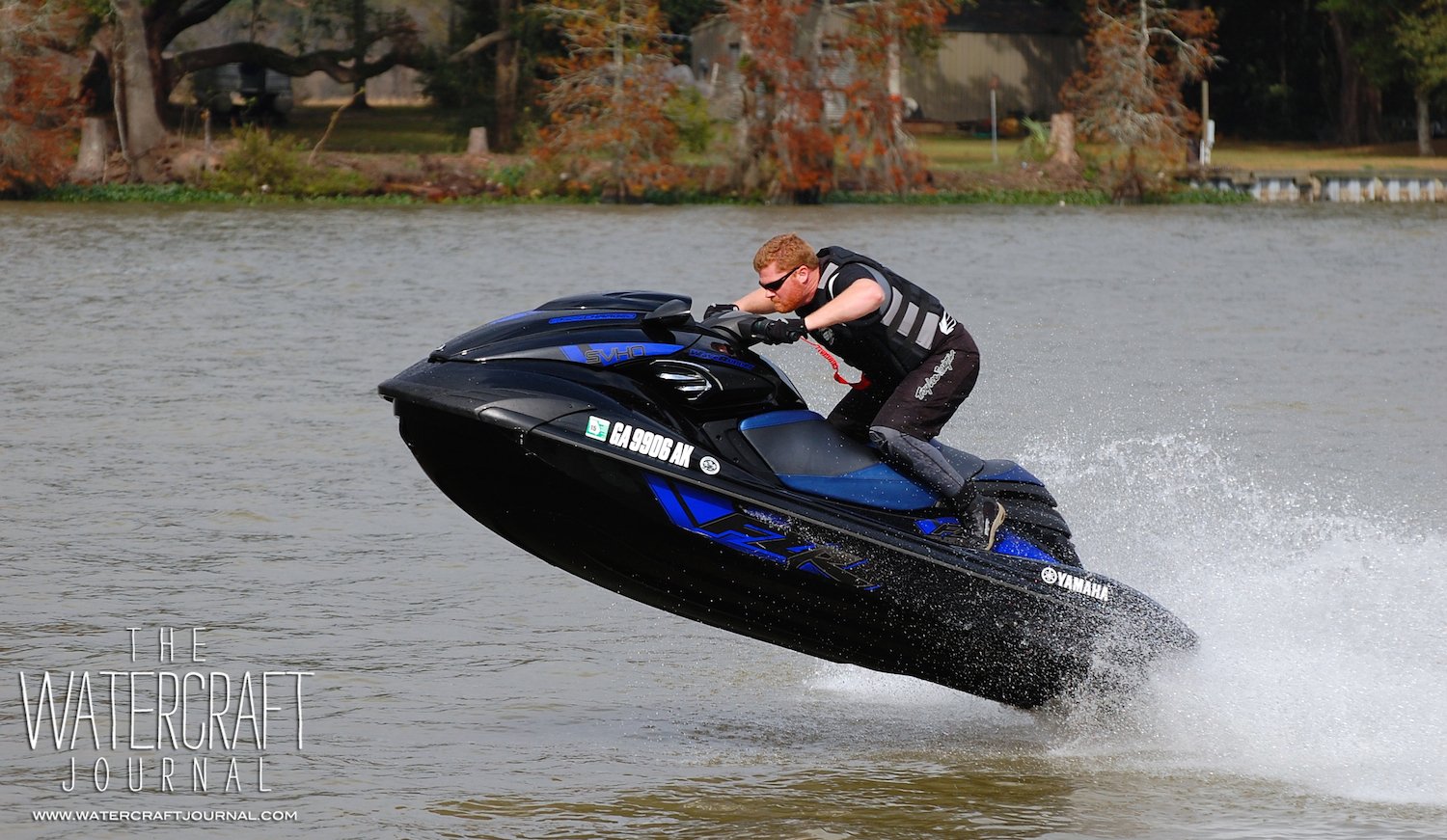
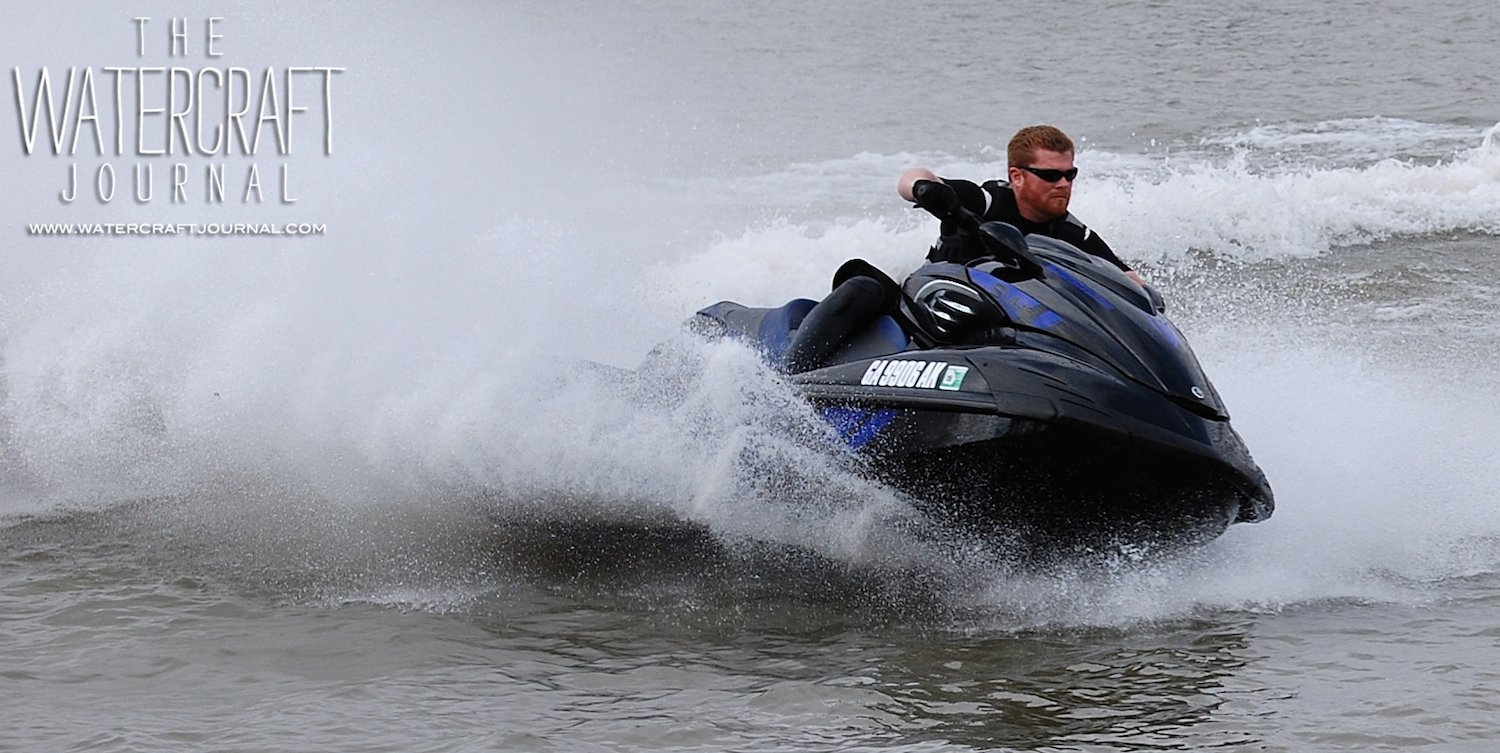
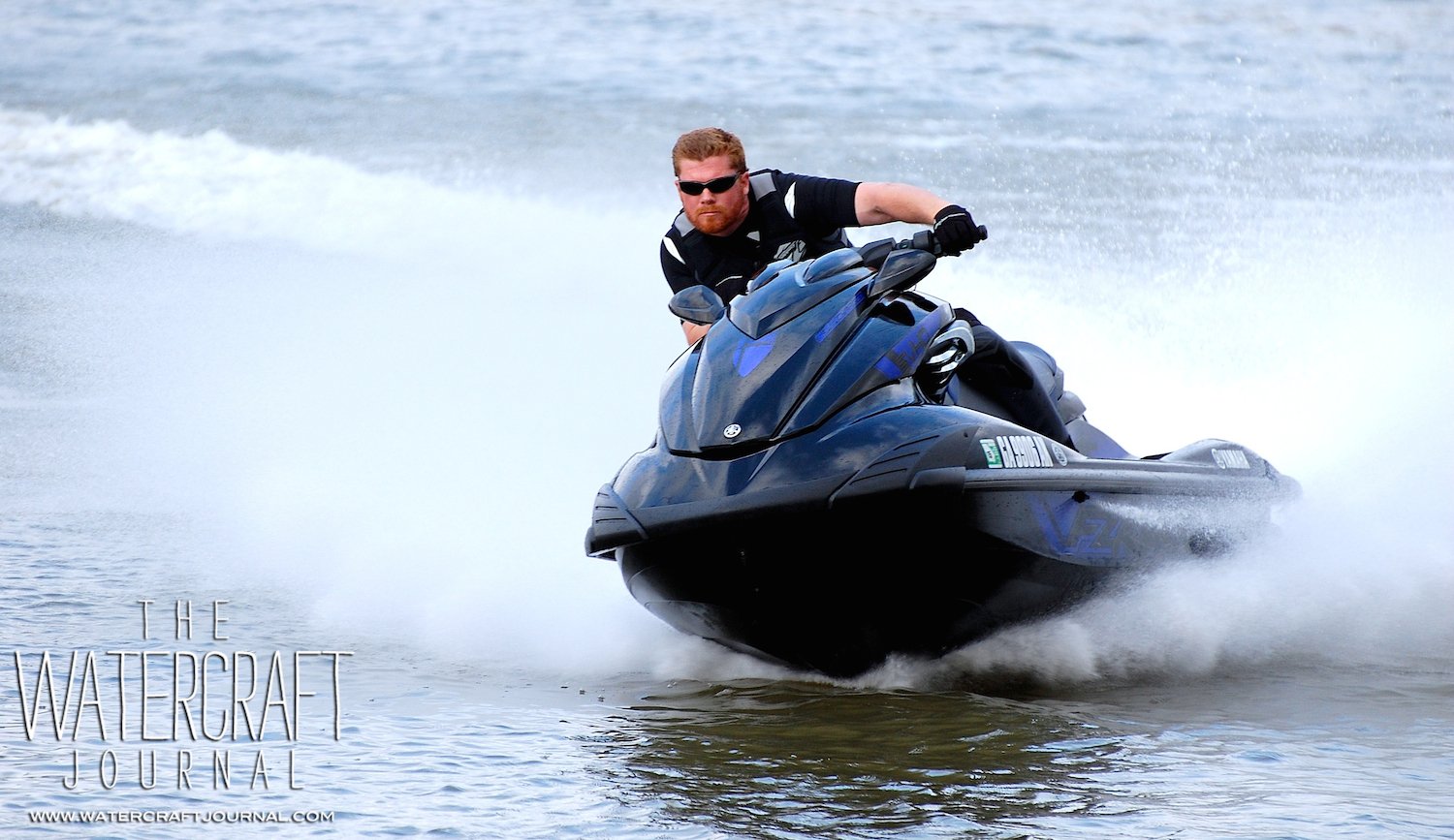


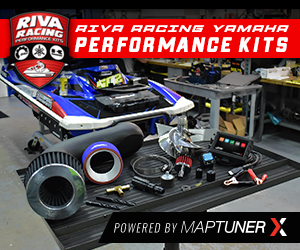

Excessive Force: 2014 Yamaha FZR SVHO:
http://t.co/QSASCM9CZ2
Definitely enjoyed reading the write up from start to the end. 2014 may just be the year to go new and get back in the game for this rider.
[…] in my inbox inquiring about supporting The Watercraft Journal. Even before publishing the review of the impressive SVHO-powered ’14 FZR, The Journal was drumming up some excitement on the intarwebs. But when the manufacturer of the […]
[…] 2014 will be hailed as “The Year of Yamaha’s Comeback.” The online chatter and media hype over the much-improved SVHO-series watercraft will finally be venerated on the race course. Be it the closed course or on the dragstrip, the […]
Great Online Magazine. Still miss the paper ones, but not the wait every month.
[…] “See, I told you so.” About a month ago, The Watercraft Journal had the chance to spend a couple of days with the much improved 2014 Yamaha FZR SVHO, where we claimed that it was “a performance-bred Yamaha that the likes of which no […]
So many horsepower does it have?
Although Yamaha hasn’t released an official number, independent dyno testing has said between 258 and 262 horsepower.
[…] taking away from the FX SVHO, the bliss provided by the new powertrain can be had in both of Yamaha’s FZ units, the FZR and FZS. What truly makes the FX SVHO is its full exploitation of the previously mentioned […]
[…] you ready for a showdown? For the past six months, there has been a groundswell of buzz surrounding Yamaha’s SVHO-powered FZRs and FXs charging the racing circuit. Finally, with the first round of the UWP Pro Watercross Tour […]
[…] – the FX – there are three variations of performance; the HO, SHO and SVHO. Of course, the Super Vortex High Output package constitutes much more than Yamaha’s all-new for 2014 SVHO engine, which takes the Super High […]
[…] the differences between Yamaha’s 2015 SVHO-powered FZS and FZR are almost indistinguishable. The prices are identical, with a US MSRP of $14,699. Both come […]
[…] 2014 was a big year for Yamaha with the introduction of the Super Vortex High Output performance package. Similarly, Yamaha greatly improved their SHO plant by increasing cooling capacity, redesigning […]
[…] When first introduced to the FZR back in late 2013, we knew that Yamaha had something on its hands. Even in its tamed-for-the-showroom condition, the SVHO (Super Vortex High Output) 1,812cc centrifugally-supercharged 4-stroke four-cylinder still delivers a dyno-confirmed just-shy-of-260 horsepower. Although that might sound meek compared to Kawasaki’s growling 310HP output, the SVHO effectively uses every pony to its utmost. […]
Just bought a 2014 fzr. After doing all the break in prrocedures by the book I finally got to open this monster up at Laughlin Nv river. WOW I was a die hard GPR1200 fan in which /I had my GPR doing 71mph. I can honestly say this thing would have killed my GPR especially out of the whole and how quick it gets from zero to 70 (I say less then 5seconds). I was one of those 2 storke guys who kept fighting the market for years but always did the reading. When I seen the big changes for 2014 I decided to go for it. I am so glad I did as this is my retirement present at the age of 56. What a beasy and of course will do a few mods to get it into the high 70’s
Does anyone have the specifications or torture sequince for 2014 Yamaha FXR 1800 super charged
“Torture sequence?”